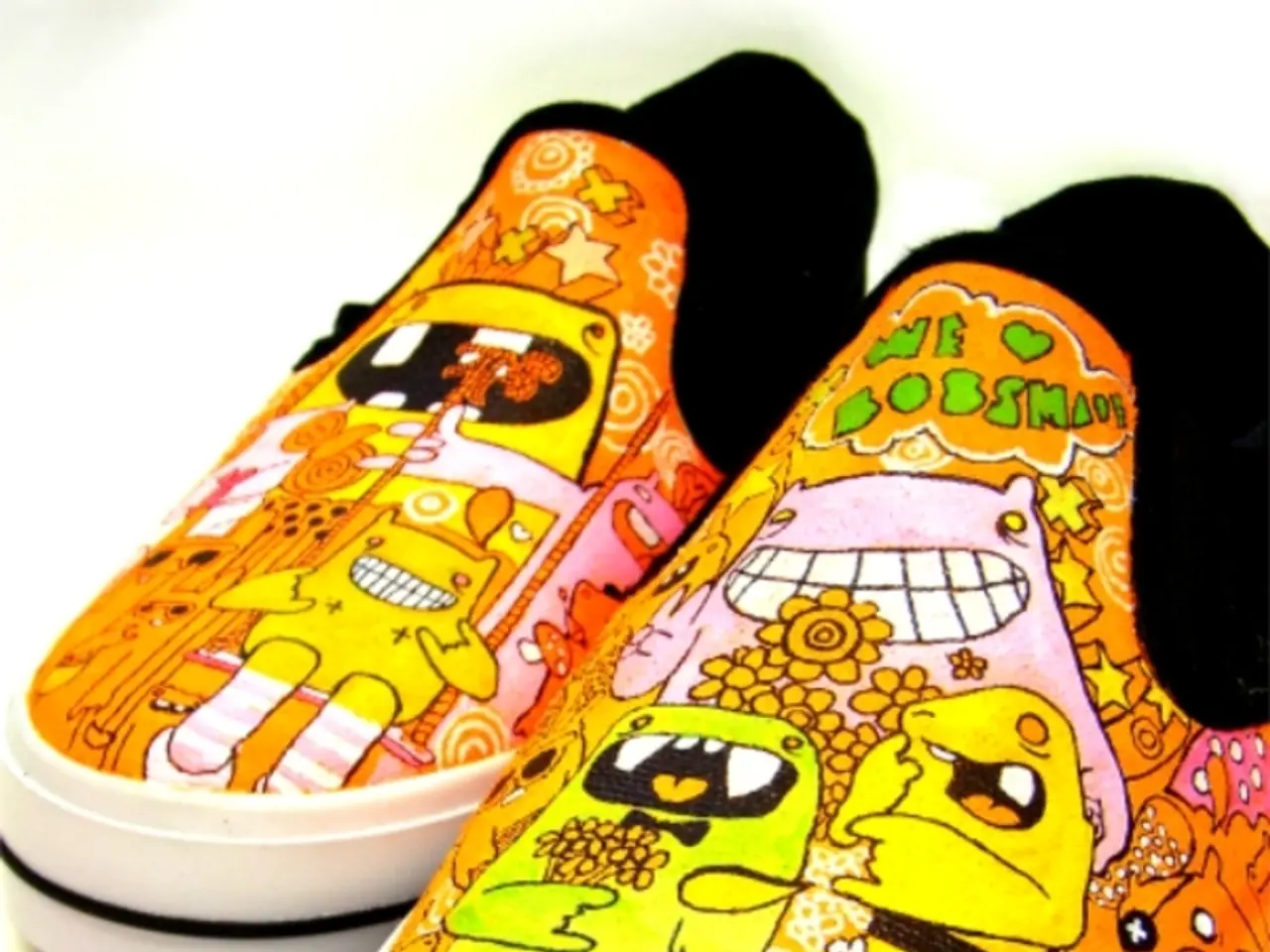Carbon plates in running shoes could potentially hinder trail runners, according to a recent study by Salomon.
In the world of trail running, carbon-plated shoes have emerged as a popular choice among elite athletes. Nike, for instance, introduced the carbon plate technology with its Vaporfly 4% shoe, a development that has since been followed by other brands like The North Face and Hoka. However, a new study published in Footwear Science suggests that these carbon-plated shoes may not offer the same benefits for non-elite trail runners.
The study, conducted by Clement Jaboulay and Marlene Giandolini from Salomon's Sports Innovation Lab, compared the metabolic power of 10 amateur runners while wearing carbon-plated shoes and shoes without plates. The findings indicate no added benefit in terms of energy savings or joint stress reduction when running in unstable terrain with carbon plates.
While carbon-plated trail running shoes offer enhanced propulsion and efficiency at race pace, they tend to be stiff, unstable, and uncomfortable at slower paces, which is typical for recreational or training runs rather than racing. For non-elite runners, the shoes present several drawbacks. They are often unstable due to tall stack heights, increasing the risk of ankle rolls, especially on technical trails or sharp turns. Additionally, carbon-plated trail shoes generally have less ground feel, reducing proprioceptive feedback and comfort on varied terrain.
Moreover, these shoes tend to be expensive and less durable, causing many runners to reserve them for races instead of everyday training. The stiffness and firm ride make them uncomfortable at jogging or walking paces, which comprise much of non-elite runners’ training volume. Furthermore, non-elite runners might not benefit from carbon-plated shoes unless they have a specific footstrike technique, such as a forefoot strike, which many non-elite runners may not have.
Despite these drawbacks, carbon-plated trail running shoes have made a significant impact in competitive road running. Eliud Kipchoge, the Kenyan marathon runner who broke the two-hour marathon barrier, wore carbon-plated Air Zoom Alphafly NEXT shoes. However, for non-elite trail runners, it is safe to ditch carbon plates without losing any ground. If not an elite runner, a pair of trail running shoes like the Salomon DRX Defy GRVL can handle moderate trails without the need to spend close to $300.
It is essential to note that the study's authors, Giandolini and Jaboulay, emphasize that they are not saying carbon plates are good or bad, but aim to make the best and most adapted products for consumers. They believe that by understanding the limitations of carbon-plated trail running shoes, runners can make informed decisions based on their running style, terrain, and budget considerations.
In conclusion, while carbon-plated trail running shoes can boost racing performance and efficiency, their high cost, durability concerns, required adaptation time, and unsuitability for slower training or technical terrain mean they may offer limited practical benefits for most non-elite or recreational trail runners. Choosing such shoes depends heavily on running style, terrain, and budget considerations.
- For non-elite trail runners who frequently engage in recreational or training runs rather than racing, a pair of trail running shoes like the Salomon DRX Defy GRVL might be more practical and comfortable on varied terrain, as they do not require the steep cost and potential discomfort that come with carbon-plated trail running shoes.
- Contrary to their high-performance abilities in competitive road running, where carbon-plated shoes significantly boost racing performance and efficiency, for the average trail runner, carbon-plated trail running shoes may offer limited practical benefits, due to their high cost, durability concerns, and unsuitability for slower training or technical terrain.





